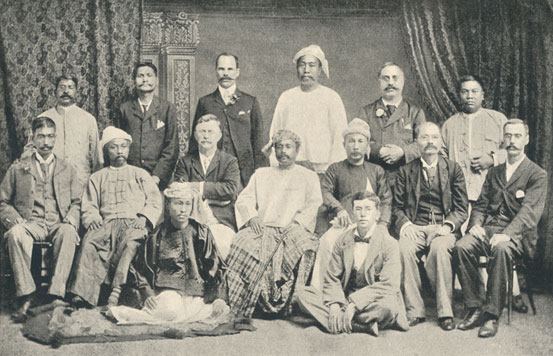British Burma (1826-1942)
For over a hundred years, Britain ruled parts of what is today Myanmar, shaping every aspect of the country’s politics, economy and society.
Far from being a static period of stability, British Burma was marked by change and upheaval. As it had done in India, the colonial power uprooted the ruling dynasty: the last Mughal emperor of India was secretly buried in Rangoon, while the descendants of Burma’s last king ended up living in penury in a slum in Kolkata, India.
It was a time of searching for new identities and political systems, with various forms of resistance to British rule from the armed uprisings during the early “pacification” of Upper Burma to the heated politics and protests of the decades prior to World War Two. The political landscape was peopled by British-educated Burmese politicians and home-grown activists inspired by Ireland’s Easter Rising of 1916. The first-ever election was held in 1922 and, a decade later, it was decided at the Burma Roundtable Conference in London that Burma would separate from British India – perhaps the single most important decision in Myanmar’s 20th-century history.
Through the empire and technological advancements in transport, Burma became connected with the rest of the world like never before: thousands of Chins, Kachins, Burmans and Karens served in World War One and Rangoon was a key stop on the world’s first long-haul commercial flights. Until the Great Depression struck, business boomed with big profits from exporting rice, teak and oil – at one time the Burmah Oil Company was one of the biggest multinational companies in the world.
In 1927, The Chilean poet Pablo Neruda lived in Rangoon and later encapsulated these heady times in a poem describing the capital of British Burma as “a city of blood, dreams and gold
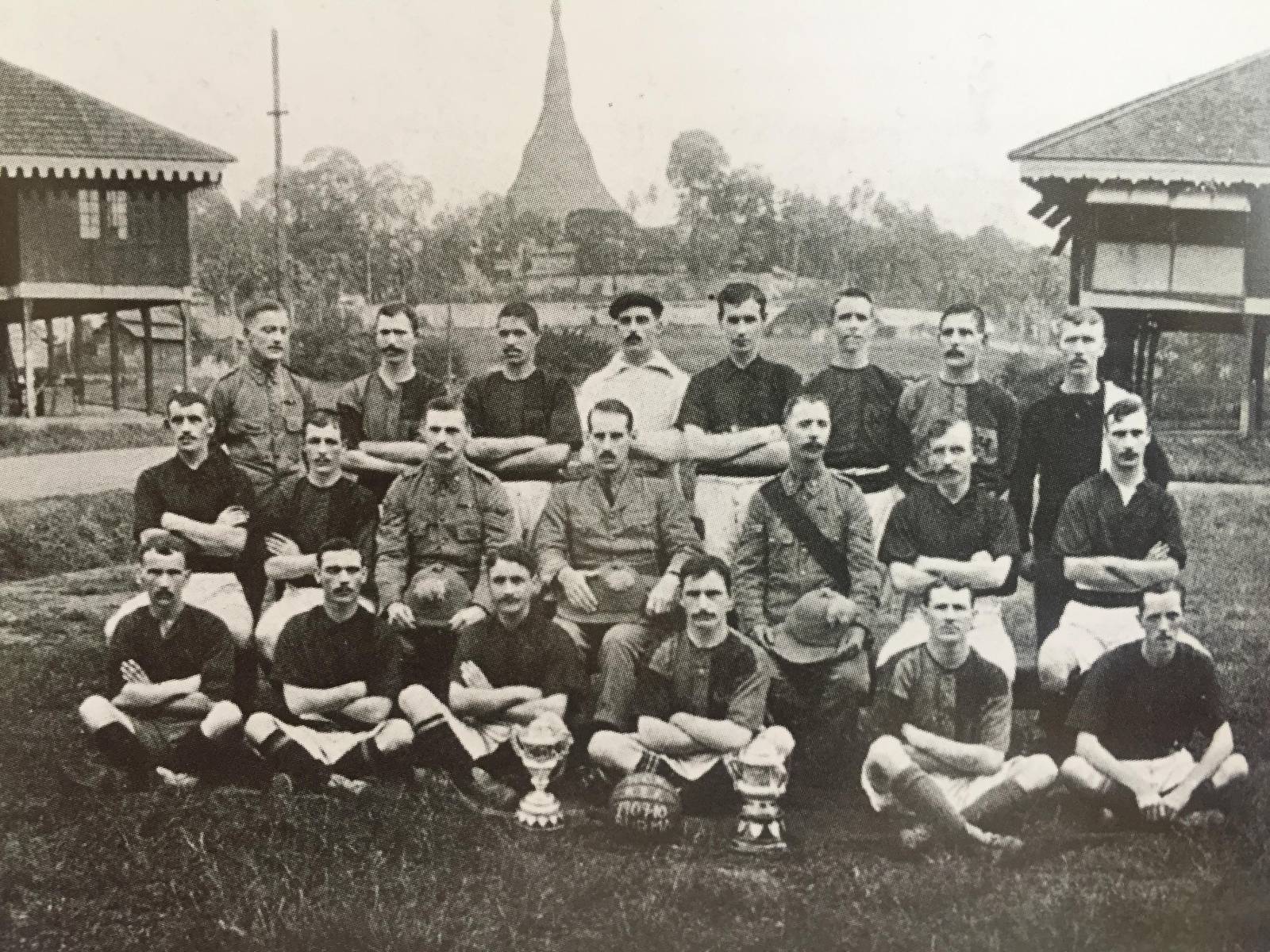
Football at the Rangoon Gymkhana c. 1900
Read more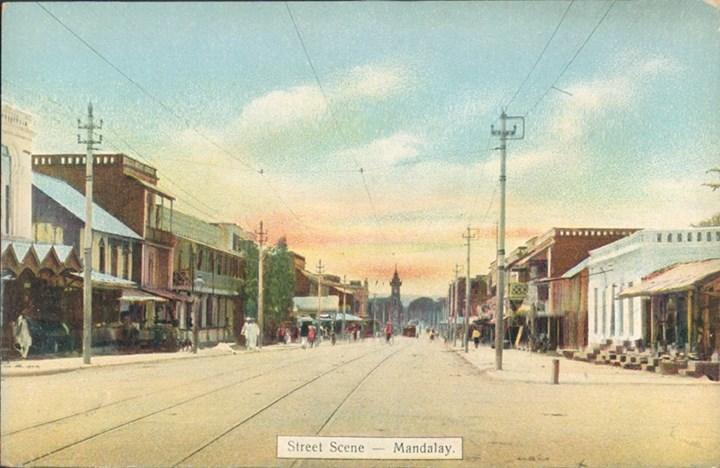
Mandalay circa 1900: 26th Street towards the clock tower
Read more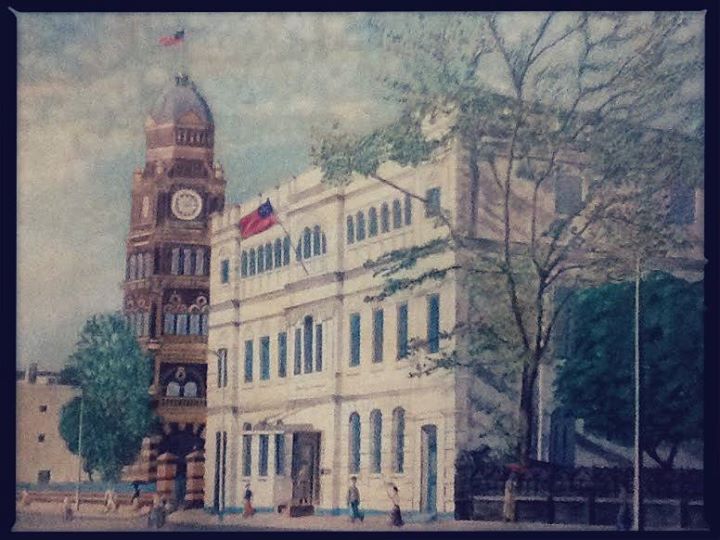
Silver Grill Jazz Club of Barr Street
Read more
Before there was Naypyitaw: the market at Pyinmana c. 1900
Read more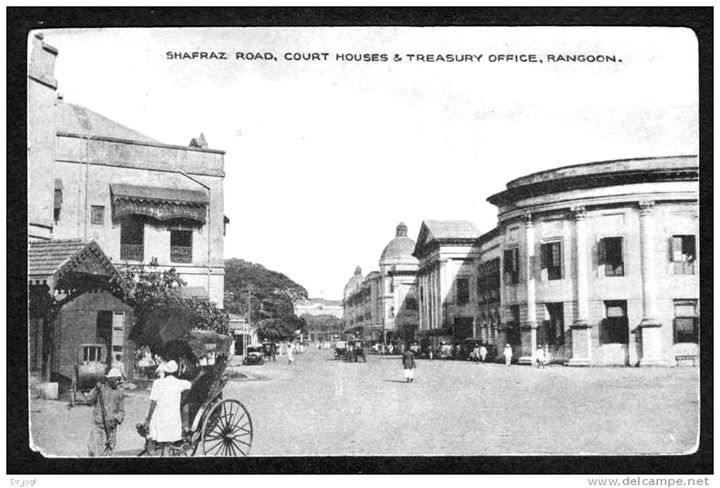
Shafraz Road Rangoon c. 1920
Read more
Dalhousie Road (now Mahabandoola Road) c. 1940.
Read more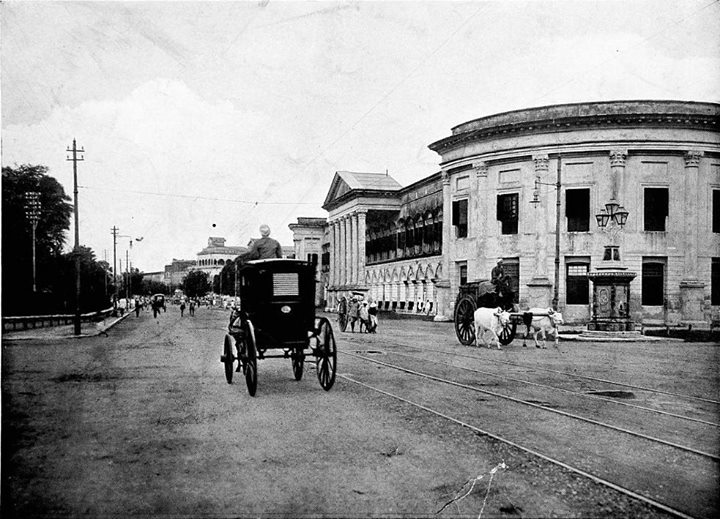
Strand Road (corner of Barr Street) c. 1900
Read more
A Rangoon municipal tax receipt c. 1930s
Read more
Portrait of a group of Burmese men on a porch c. 1868
Read more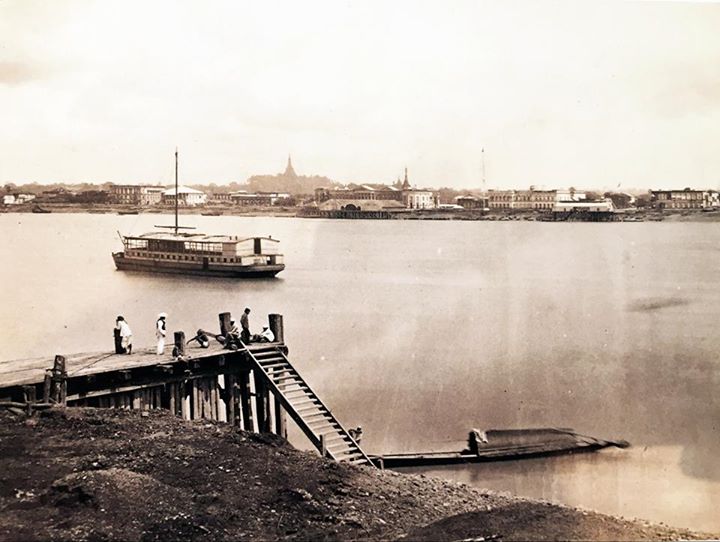
The Rangoon waterfront by J. Jackson c. 1868
Read more
A Rangoon office c.1870
Read more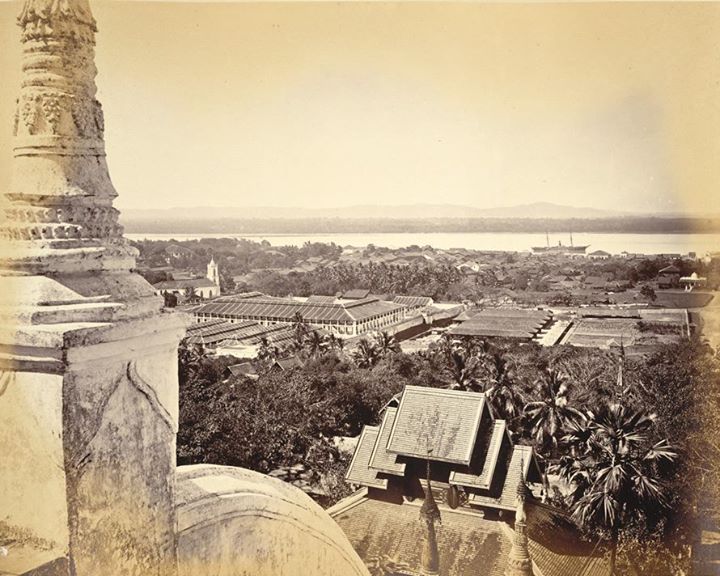
Moulmein 1872
Read more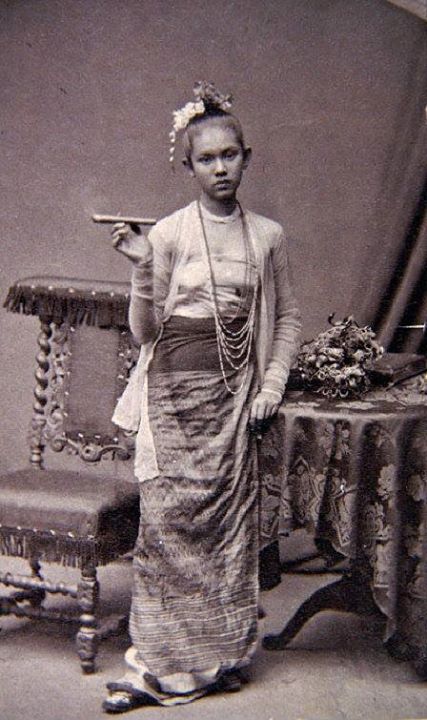
"Frau mit Zigarre"
Read more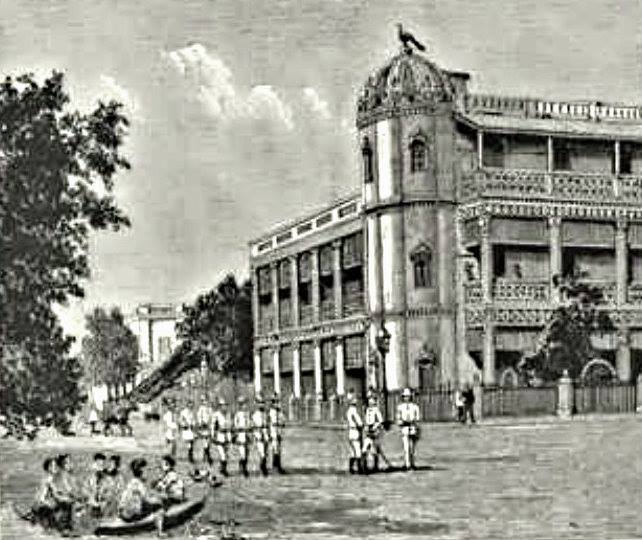
Drawing of downtown Mandalay in the late 1880s, near the old Zeygyo bazaar.
Read more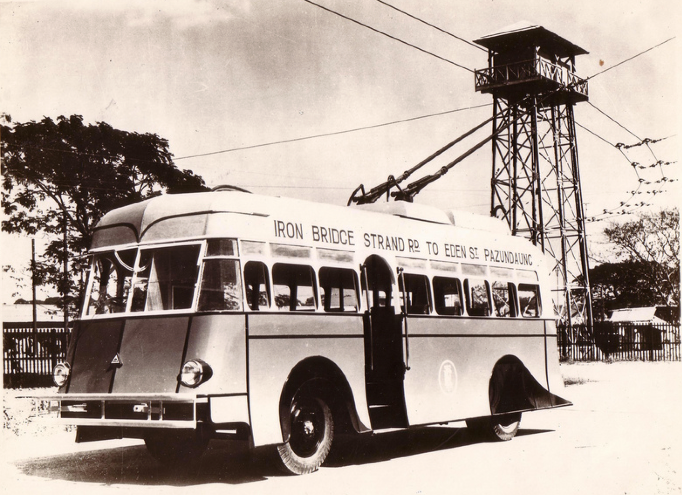
Rangoon tram c. 1935
Read more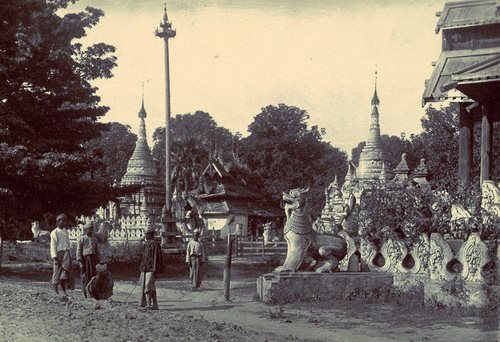
Mandalay "B Road" in 1886
Read more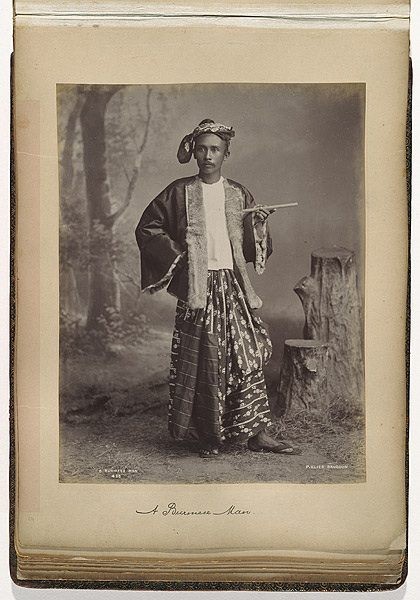
"A Burmese gentleman"
Read more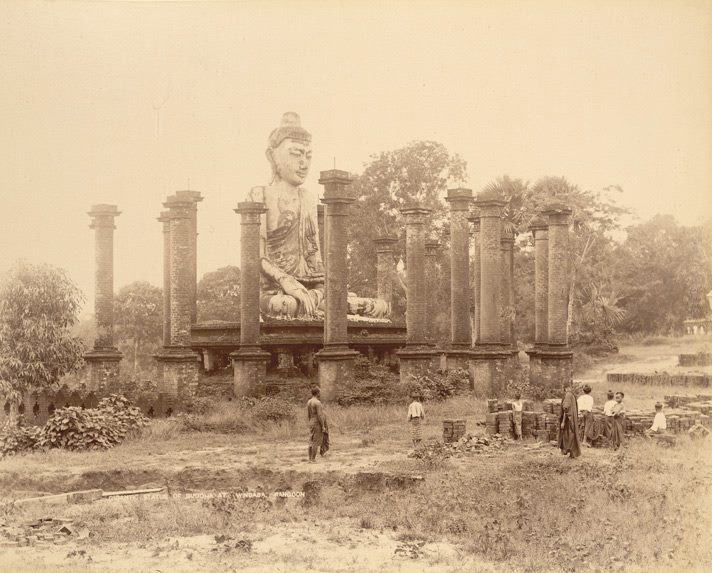
The 16th century Buddha at Wingaba c. 1890
Read more
"A Burmese lady, her servant, and two citrus fruits"
Read more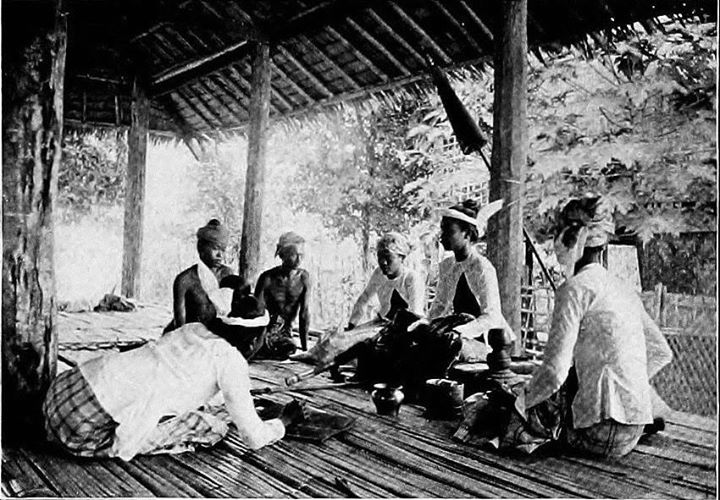
Traditional justice
Read more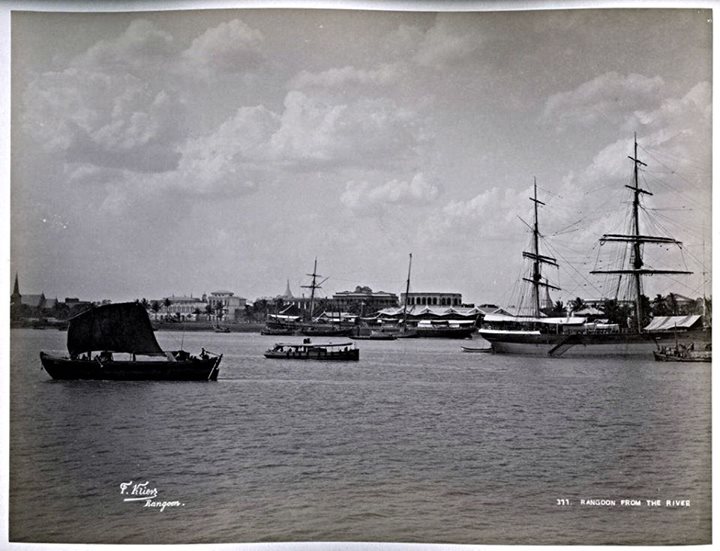
Rangoon from the river c. 1890
Read more
Sule Pagoda and the old Municipal Office c. 1890
Read more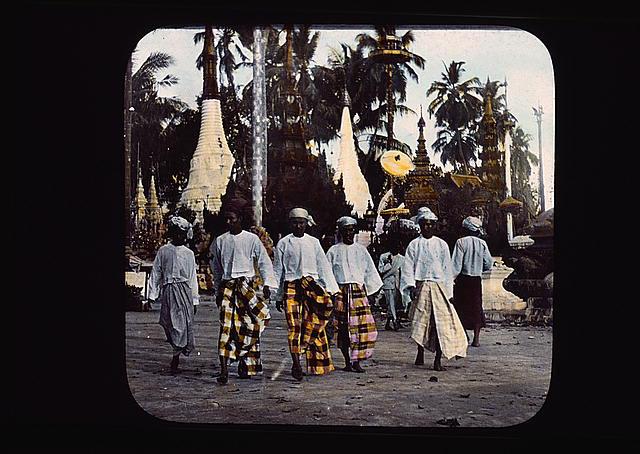
Burmese men in traditional pasos
Read more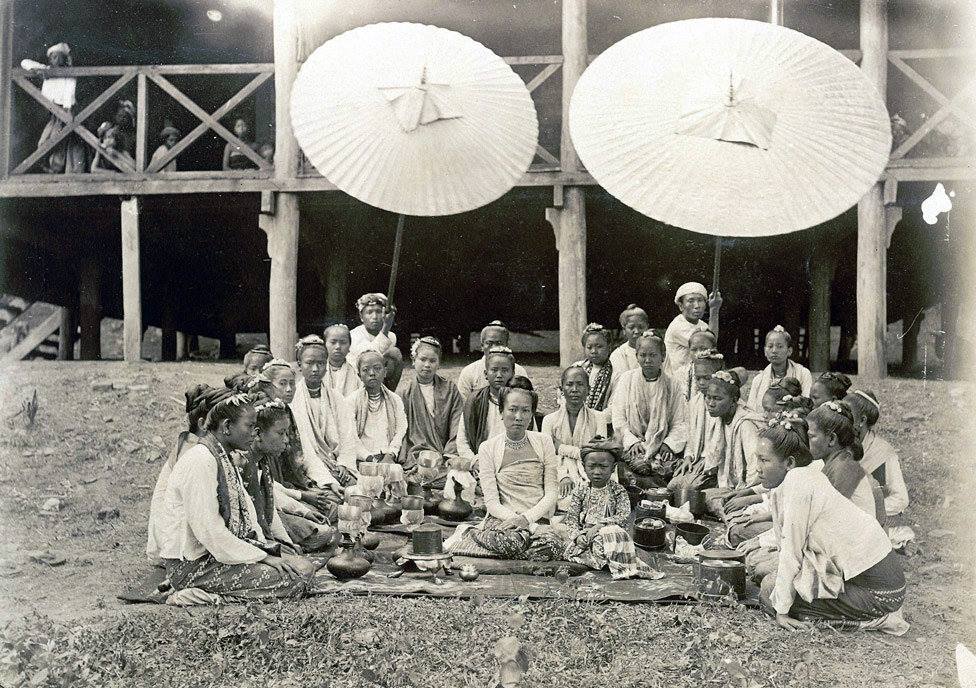
The wife and son of the Sawbwa of Wuntho in 1890 with family and retainers
Read more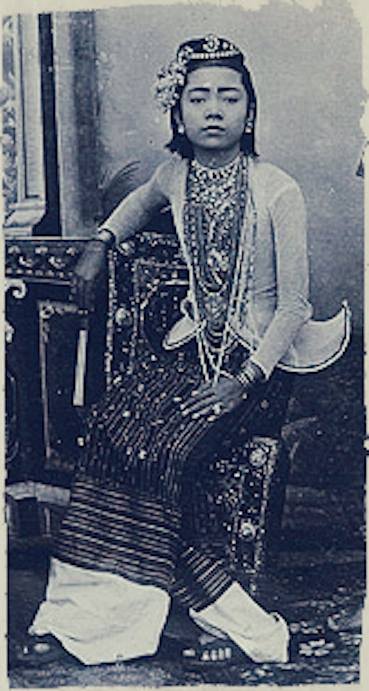
Portrait of a Burmese entertainer taken at the Johannes & Co. Studio on C Road in Mandalay c. 1895
Read more
Before TV and the internet: kids (and others) watching a puppet show in Rangoon 1895.
Read more
An early photograph of Mandalay
Read more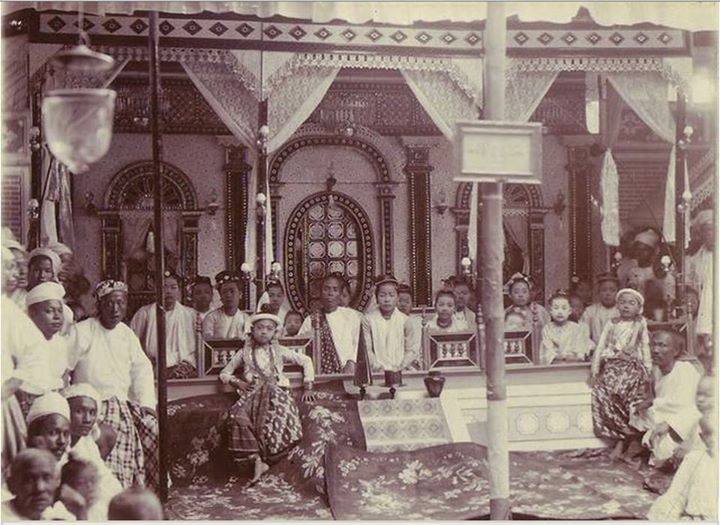
"A young prince and followers"
Read more
Moulmein c. 1895
Read more